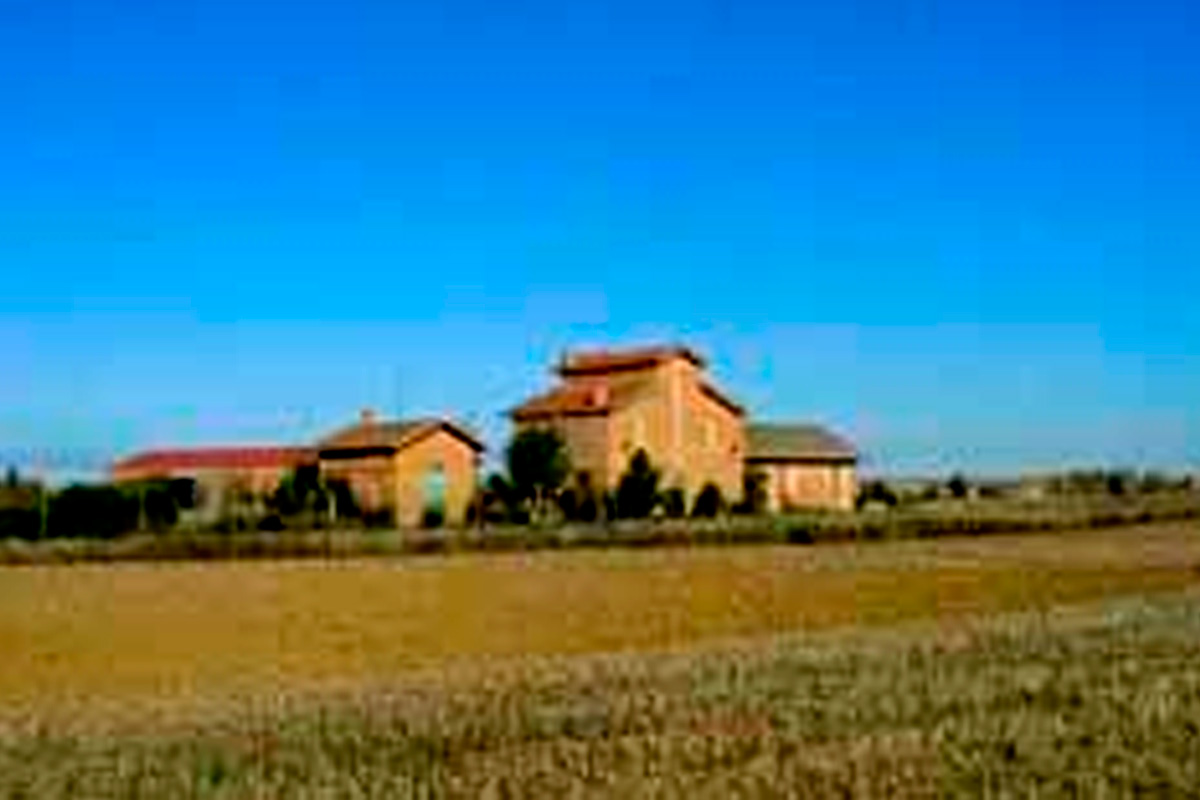Tierra de Campos Greenway
History of the Railway

Ferrocarriles Secundarios de Castilla was the name of the company that, on 17th July 1912, inaugurated the first metre-gauge rails along the 45 km between Palencia and Villalón de Campos. In Spain, the term secundarios referred to narrow-gauge lines that complemented the national network, which was operated by the major broad-gauge companies. This was the case here: the company aimed to fill the gap to the west of the Compañía del Norte’s main Valladolid–Palencia–León axis, serving a fertile agricultural land that had no trains.
A few decades earlier, in 1884, the Compañía del Ferrocarril Económico from Valladolid to Medina de Rioseco (económico being another term with a similar meaning to secundario) had opened its own 40 km of metre-gauge track. Our line would later lean towards there. Indeed, that same year —just four months later— the section from Medina to Villada was inaugurated, linking at Villalón with the Palencia line. Three years after that, the network expanded significantly, with 93 km of new track from Medina to Palanquinos, in the province of León.
Although never particularly prosperous, this network fared better than the Valladolid económico, which collapsed and was taken over by the State in 1930 to be run by Secundarios. In 1935, in an effort to cut costs, small railcars were introduced for passenger services. Shortly after the Spanish Civil War, the company enjoyed its best period, as road transport had largely collapsed. It even planned to extend the line from Palanquinos to León and connect with the La Robla Railway. But once the roads recovered, the decline of this modest railway became unstoppable. So much so that, in March 1965, it was taken over by the State through FEVE, which on 11 July 1969 closed the entire network. At its peak, it had 226 km of track, 35 stations and halts, and as many as 400 railway workers on its payroll.

